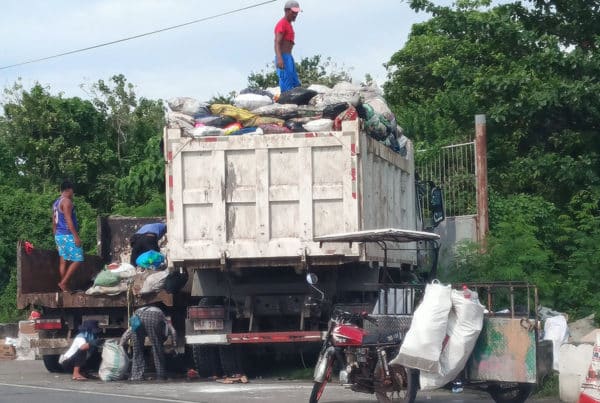Malpractices, strict regulations threaten food security, say
DISMAL AQUACULTURE PRODUCTION
ONE of the country’s experts on aquaculture and fisheries describes the current state of aquaculture industry in the country as “dismal” and warns of looming threats to food security in the country.
Dr. Wilfredo Yap, who conceptualized the establishment of mariculture parks to boost fish production, told newsmen here last week that for the past six years, production of aquaculture species such as milkfish, tilapia, shrimps and seaweeds has been continuously on the decline.
Mariculture is a specialized branch of aquaculture involving the cultivation of marine organisms for food and other products in the open ocean, an enclosed section of the ocean, or in tanks, ponds or raceways which are filled with seawater.
Yap said tilapia production in the entire country remains at 270,000 metric tons yearly and has never reached 300,000 metric tons and cited the case of Bangladesh that started only in 2010 and has overtaken the Philippines in volume of production.
Dr. Yap was among those who left his footprints last year in the Giant Steps Corner of the National Integrated Fisheries Technology Development Center (NIFTDC) here, just in front of the Asian Fisheries Academy (AFA), for his outstanding contributions to the development of aquaculture in the Philippines.
He said among the foremost problems in the production of tilapia is the disease brought by streptococcus bacteria, tagged as a major cause of tilapia fingerling mortality and Philippines is not using any vaccine to control the disease.
He also cited malpractices in tilapia production, among them is harvesting from the farm while they are still small in sizes at four to five pieces per kilo, stocking tilapia at a very young stage at a density of 3,000 pieces a kilo, and, therefore, many are prone to die.
Dr. Yap notes the same trend is happening in the milkfish industry.
He noted a boom in milkfish about 10 years ago when the Bureau of Fisheries and Aquatic Resources (BFAR) was actively promoting the mariculture park system, putting up mariculture parks in feasible areas all over the country.
But a change in BFAR administration also changed the program thrusts. “Instead of boosting aquaculture, BFAR put more regulations in the establishment of mariculture parks and worse, it eventually cast them aside,” he added.
With mariculture parks, the Philippines used to be world’s top producer of milkfish, now it only produces 400,000 metric tons of milkfish a year while Indonesia, produces 650,000 metric tons.
On shrimps, Dr. Yap said while the ban against penaeus vannamei or white shrimps was lifted, and the country is now producing p. vannamei, the government has restricted the importation of p. vannamei breeders which today is being sourced out 100 percent from the United States.
Asked by newsmen if ever he and his group of aquaculturists have communicated these concerns with the government, Yap said: “Yes we did but it is not easy to wake up persons who refuse to be awakened.” (Leonardo Micua)
Share your Comments or Reactions
Powered by Facebook Comments








